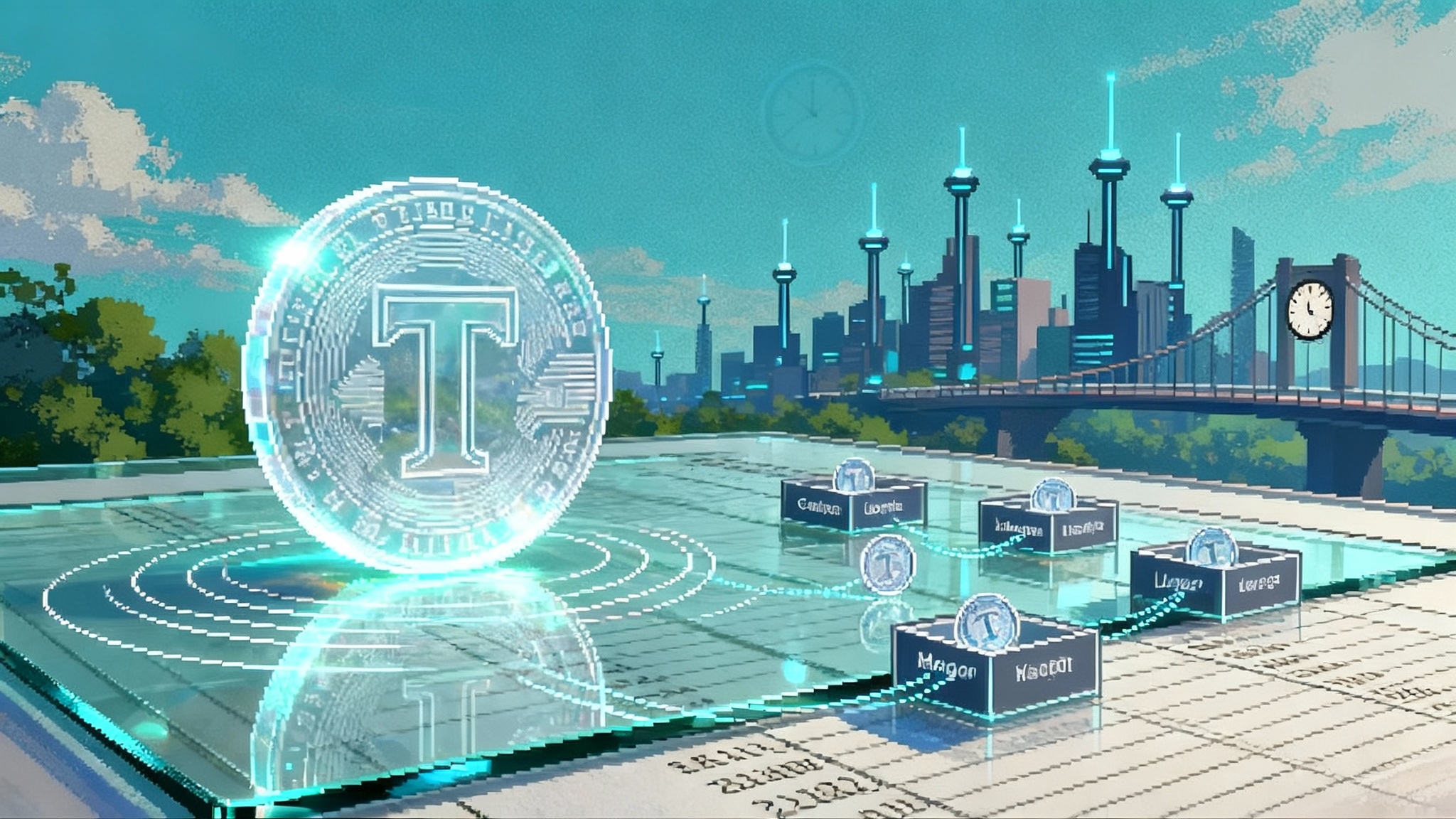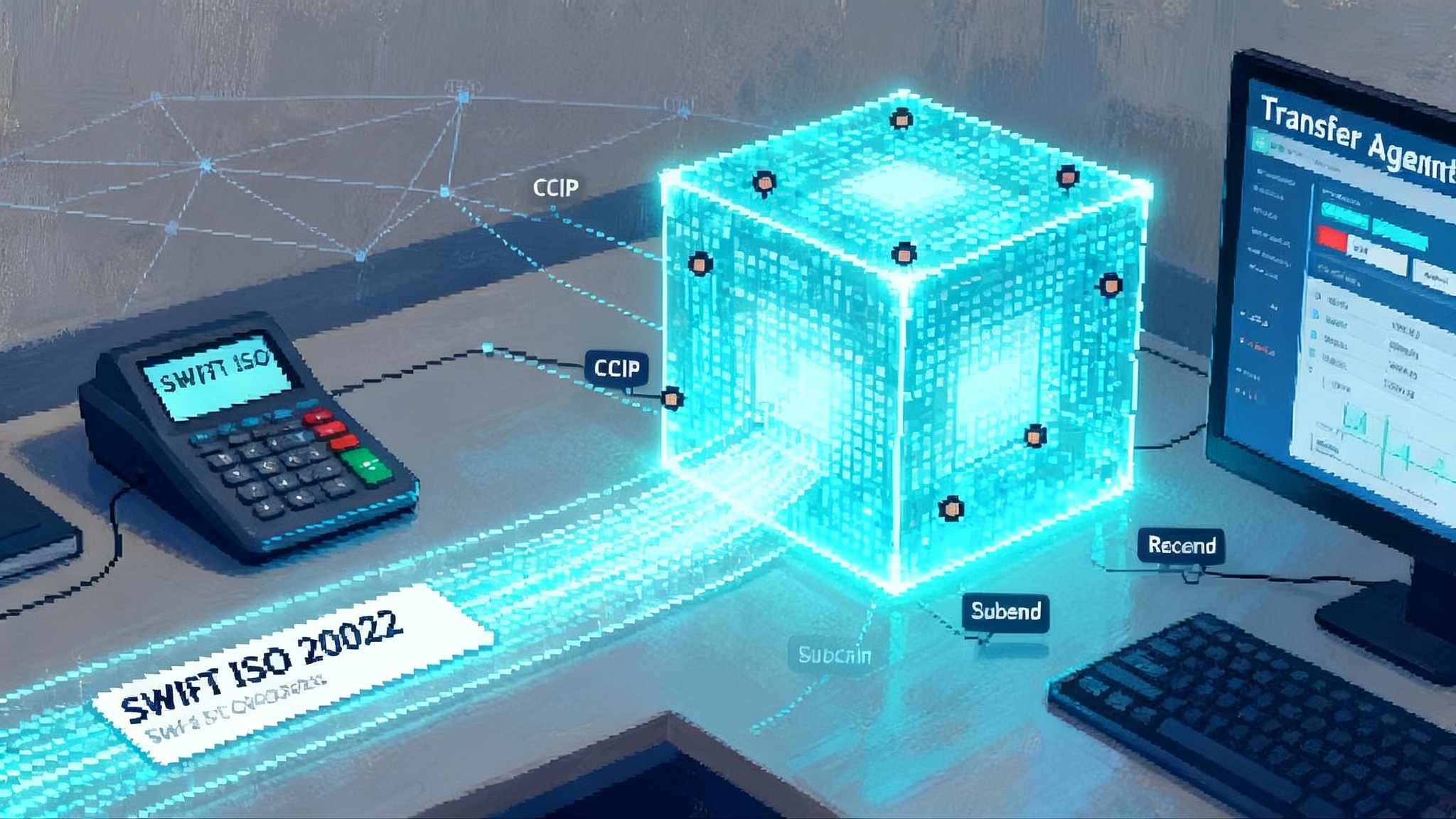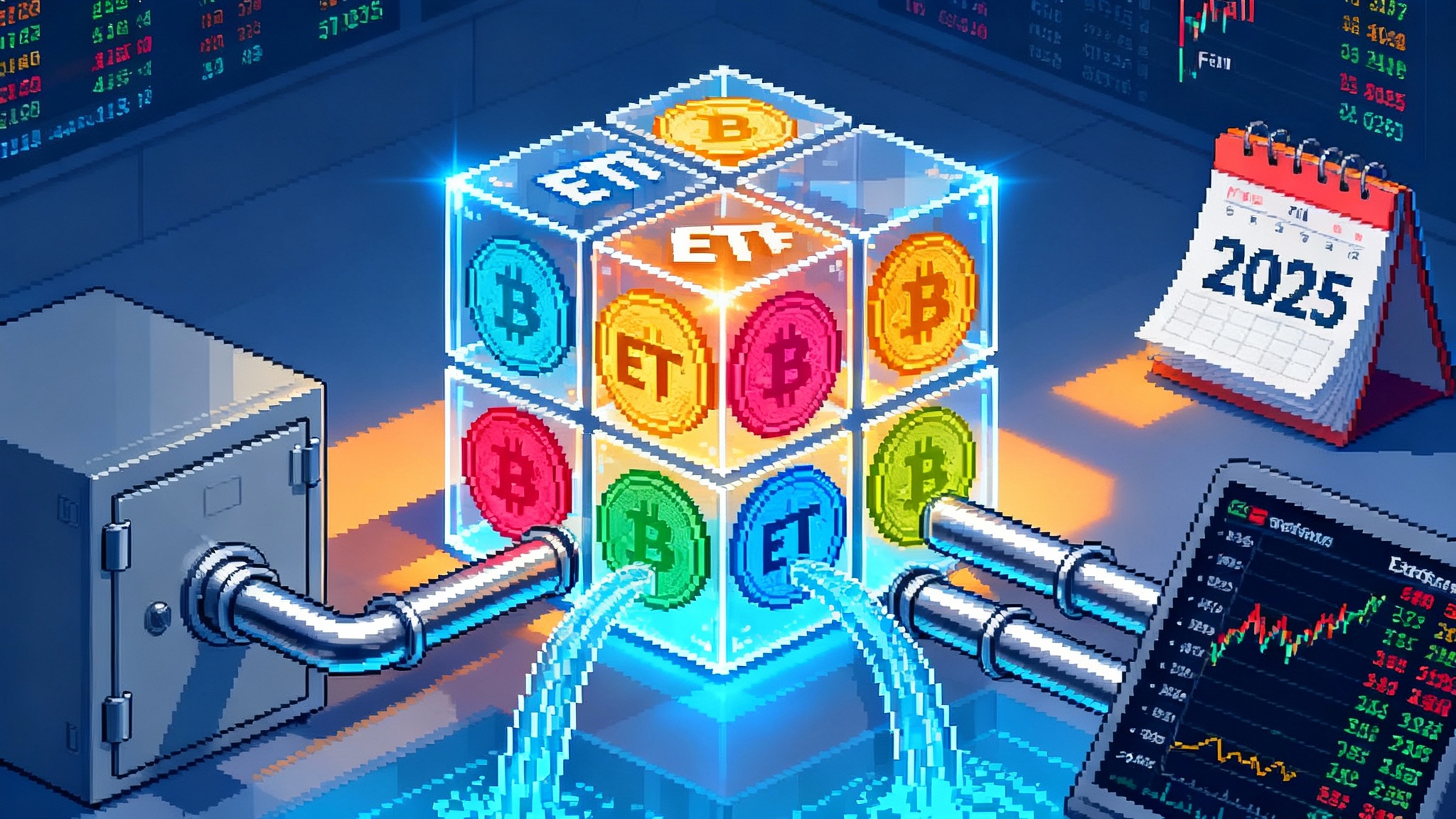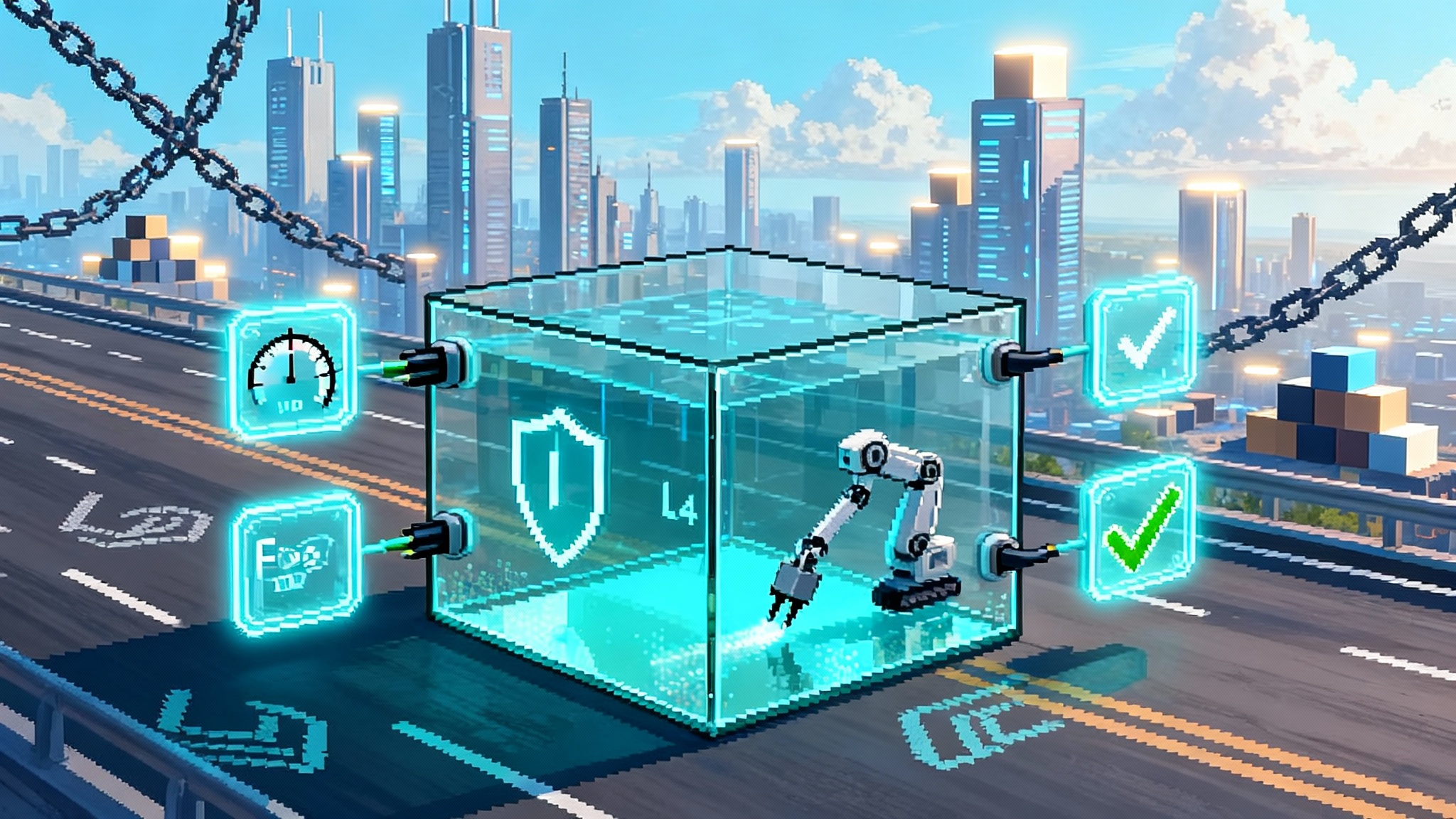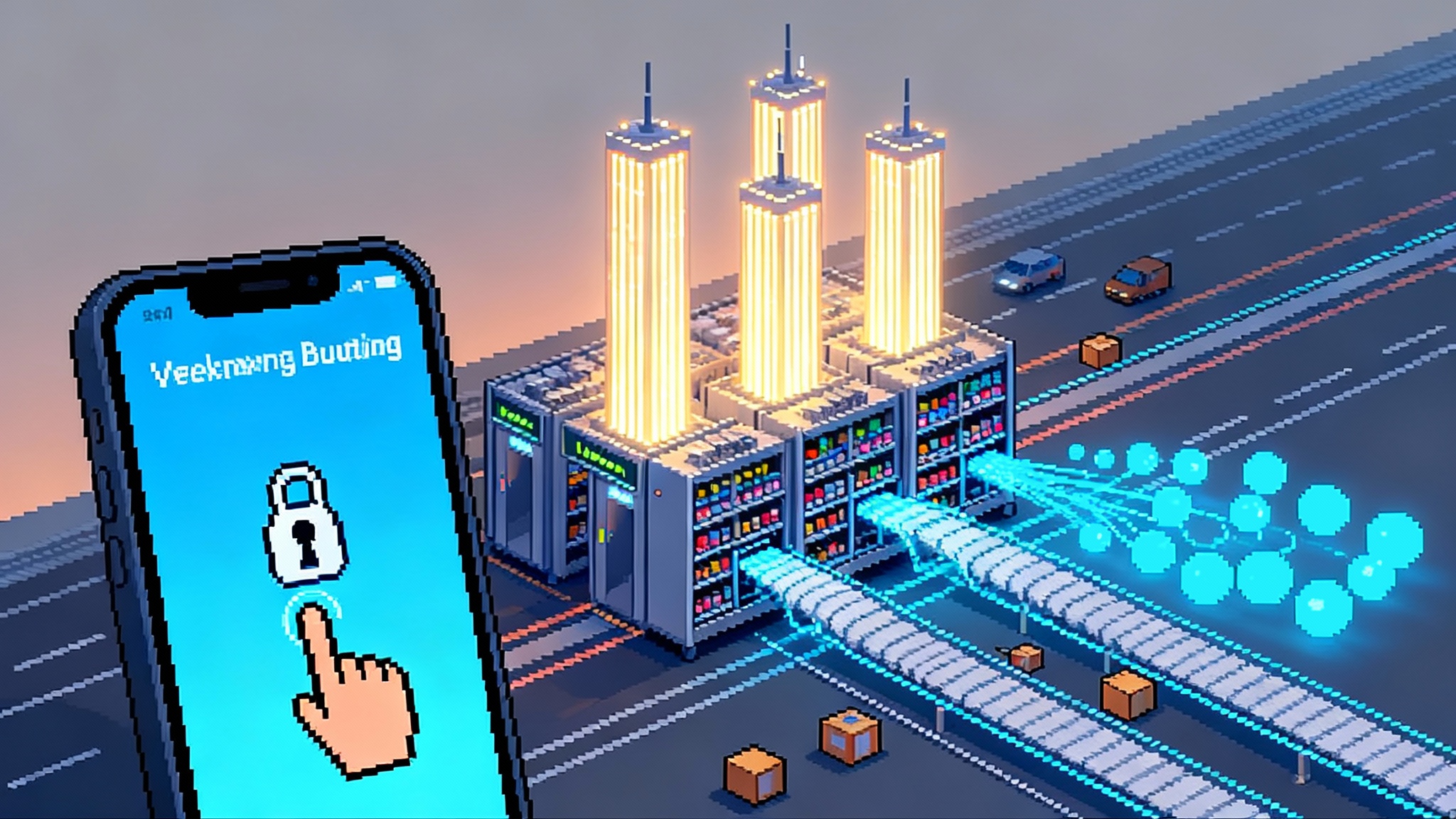Chain Abstraction Goes Live: Avail Nexus Makes One-Click Swaps
Avail’s September 2025 Nexus upgrade turns multichain into a single click with cross-chain swaps, Avalanche and BNB Chain support, and a TEE-backed coordination layer. Here is how chain abstraction can retire manual bridging and redirect liquidity across L1s and L2s.

The September moment when multichain feels single
There is a before and an after in product design. Before, users learned to bridge tokens, juggle gas across networks, and hope a transaction did not stall mid hop. After, they click once and the system handles the mess. September 2025 looks like that line in the sand for multichain. Avail’s Avail Nexus chain abstraction shipped three changes that together feel like a flip of a switch: one-click cross-chain swaps, new support for Avalanche and BNB Chain, and an upgrade that moves the heavy coordination work into trusted execution environments. A user sees a single balance and a simple button. Under the hood, routes thread through many chains.
This is chain abstraction in action. The goal is not to hide blockchains. The goal is to make them act like one network so that a user, a wallet, or a decentralized application can request an outcome without micromanaging where it happens. The same way you type a street name into a ride sharing app and it handles roads, traffic, and lanes, Nexus aims to handle gas, routes, and finality across L1s and L2s.
What “one-click” really means
One click is not marketing shorthand. It is a sequence of automated decisions that used to be manual:
- Balance detection across chains: Instead of checking five networks to find where you hold capital, the router reads a unified view and chooses the cheapest capital source for the trade.
- Gas coverage and refills: Rather than moving a token to pay gas on a destination chain, the system sponsors or sources gas as part of the route, then net-settles on the back end.
- Route composition: The system composes a path that can include a swap on one chain, a message relay, and a settlement on another, stitched together as a single user intent.
A simple example: Alice holds AVAX on Avalanche and wants USDC on BNB Chain. Historically she would bridge AVAX, swap to USDC, then move it again. With Nexus-style chain abstraction, she instructs the wallet to “get me 500 USDC on BNB Chain.” The router checks her balances everywhere, chooses to source liquidity from Avalanche, sponsors destination gas on BNB for finalization, and executes the chain of steps. Alice clicks once and receives USDC on BNB Chain. She never thinks about which bridge, which dex, or which gas token to top up.
From multichain spaghetti to a single logical balance
The psychological load of multichain is not the number of chains, it is the fragmentation of balances and gas. Chain abstraction addresses both with two ideas.
- A virtual account: The user sees a single logical balance that reflects assets held across networks. Behind the scenes, the account is a ledger that records where capital actually lives.
- Gas abstraction: Gas can be prepaid, sponsored, or settled in the asset the user already holds. That means fewer dead ends where a user cannot act because they lack a few cents of the right gas token.
If you have used a bank that lets you withdraw cash from any ATM and settles the fees later, you know the feeling. The network becomes an invisible utility rather than a daily chore. For wallet UX shifts that pair well with this model, see how EIP-7702 wallets redefine UX.
Why Avalanche and BNB Chain matter
Adding Avalanche and BNB Chain is not just about two more logos. These are large liquidity regions with distinct communities, from high throughput DeFi on BNB Chain to subnets and app chains in the Avalanche ecosystem. Bringing both into a one-click router changes where routes prefer to flow. Liquidity follows convenience. If moving value across these networks becomes as simple as picking a number and clicking confirm, then price discovery can equalize faster, and builders can assume that their users are not locked to a single island.
For traders, it means deeper effective liquidity without the overhead of maintaining many wallets. For consumer apps, it means onboarding can point to outcomes rather than instructions. Instead of “first bridge to chain X,” the copy can say “press pay.” Related shifts on the execution layer are accelerating as L2s go permissionless.
The TEE-powered upgrade and what it does
The September upgrade shifts critical coordination into trusted execution environments. Think of TEEs as secure rooms inside modern processors. You can send a sealed instruction into the room, the system performs the computation without exposing secrets, and it produces a result that is signed to prove it came from that room. In a chain abstraction router, TEEs can:
- Keep routing logic private and tamper resistant
- Handle multi-chain state lookups and pathfinding without leaking sensitive parameters
- Produce attestations that downstream contracts can verify
This matters because cross-chain systems are only as strong as their coordination layer. If the router that decides how to move your funds can be tampered with, the whole structure wobbles. TEEs give a clear trust boundary and a predictable performance profile, which is crucial for a user experience that targets seconds rather than minutes. For background, review Intel SGX remote attestation.
TEEs vs zero knowledge proofs: the security trade-offs
Builders should look at TEEs and zero knowledge proofs as complementary tools with different strengths.
- Trust assumptions: TEEs rely on hardware manufacturers and remote attestation. Zero knowledge proofs rely on math and soundness assumptions.
- Latency and cost: TEEs can return results in milliseconds to a few seconds, which aligns with one-click user flows. Zero knowledge proofs, especially when circuits are complex, may require more time and specialized hardware to generate.
- Transparency and upgrade paths: With TEEs, code changes require re-attestation and sometimes hardware-specific procedures. With zero knowledge, circuit upgrades must be coordinated and can be difficult to roll out.
A practical rubric is to use TEEs for fast intent resolution and route orchestration, and to combine them with on-chain verifiers and, where feasible, zero knowledge proofs for verifiable settlement. The result is a layered defense. Compromise in one layer does not automatically imply loss of funds.
Who benefits first: wallets, exchanges, and payments
- Wallets: Chain abstraction lets wallets replace a row of network tabs with a single balance and a single action button. The wallet becomes a shopping cart for outcomes. That means better retention, simpler onboarding, and fewer support tickets about stuck bridges or missing gas.
- Decentralized exchanges and aggregators: Routers can tap liquidity across chains as if it were in one place. That opens up better pricing, larger effective order sizes, and new market making strategies that arbitrage across L2s without the user ever leaving the interface.
- Payments and point of sale: Merchants want to quote a price and receive funds. They do not want to teach users about networks. Chain abstraction means a checkout can accept payment in whatever asset a user holds and settle in the merchant’s preferred currency and chain, all in one confirmed flow. The trend compounds as stablecoin rails go mainstream.
Games, social apps, and creator platforms also benefit. Any product that wants to hide protocol complexity behind a crisp action gains a tool to do it.
Integration paths for builders
Nexus-style systems expose two main paths, each with trade-offs.
- Drop-in widget: A hosted swap and pay component that you can embed in a wallet or application. You get one-click routing, gas abstraction, and new network support as they arrive. This is the fastest path to launch, and it offloads compliance and security reviews to the provider. The trade-off is customization depth.
- Software development kit and contracts: A set of client libraries and on-chain contracts that give you programmable access to intents, quotes, and settlement. You can craft custom flows, enforce business rules, and build analytics. This path requires engineering resources but gives you the flexibility to build product-differentiated experiences.
A sensible approach is to start with the widget to validate the user journey, then migrate hot paths to the software development kit once you see where customization will pay off.
Technical checklists for integration:
- Decide your trust posture: pure TEE, TEE plus on-chain checks, or a hybrid with zero knowledge verifiers where it matters most.
- Map critical flows: deposits, swaps, withdrawals, refunds, and exception handling. Ensure you have clear timeouts and rollback strategies.
- Gas policy: choose sponsored, prepaid, or post-settlement models per user tier or per action.
- Monitoring: instrument latency, failure codes, chain-specific stalls, and reorg sensitivity. Set budgets for p50 and p95 times per action.
Liquidity flows will change
When the cost of moving between chains drops for the user, price and experience begin to dominate. Chain abstraction routes may prefer chains with faster confirmation, deeper pools, or cheaper fees at a given moment. This can redirect order flow from chain-native venues toward cross-chain optimal venues. You can imagine a future where a wallet on Avalanche sources liquidity on BNB Chain for a better quote, and vice versa, without the user ever noticing. App chains and rollups with strong native communities will still matter, but the moat becomes less about isolation and more about the quality of the local experience and incentives.
For market makers, this means routing inventory and risk across many execution venues. For protocols, it raises the bar on reliability because an abstracted router can route around degraded service in minutes. Reliability turns into market share.
What to watch in Q4 2025
Timelines and touchpoints matter as the system shifts from a compelling demo to production scale.
- Nexus mainnet milestones: Look for clear dates on the progression from guarded launch to full mainnet. The questions to ask are how the validator or sequencer set evolves, what the upgrade keys control, and what thresholds must be met to remove training wheels.
- Arcana integration: Following the Arcana acquisition, watch how wallet-as-a-service features flow into the chain abstraction stack. The litmus test is whether developers can provision embedded wallets and chain-abstracted actions through a single interface with unified analytics and risk controls.
- New chain support cadence: September brought Avalanche and BNB Chain. The next wave should include more rollups and app chains. Track how quickly new chains are added, and whether each integration comes with full feature parity for swaps, transfers, and gas abstraction.
- Performance and reliability metrics: Numbers tell the truth. Ask for median and 95th percentile swap latencies, cross-chain failure rates, refund times for failed legs, and the distribution of path choices across chains. A production-grade system should target sub 10 second median end-to-end completion for common routes and single digit failure rates with automated refunds.
- Economic safety: Monitor how much value is secured by TEEs at any given time, which attestation methods are used, and whether there is a circuit or verifier option for sensitive flows. Diversified security reduces correlated failure risk.
A builder’s due diligence checklist
- Verify attestation: Confirm the TEE attestation flow and the exact code hash of the routing enclave. Audit reports should match what is attested on chain.
- Circuit plans: If zero knowledge verifiers are on the roadmap, ask for circuit specifications, proving cost estimates, and upgrade procedures.
- Exit and refund logic: Read the contracts that handle partial failures. You want clear guarantees on how and when users get their funds back if a downstream leg fails.
- Observability: Ensure you can access real-time metrics and logs, including per-chain latencies, route decisions, and error codes. Build alerts before you scale traffic.
- Gas and fee transparency: Users should see a clear all-in quote that includes gas sponsorship and any relayer fees. Surprises cost trust.
The big picture: from chains to channels
Good infrastructure fades into the background. If September 2025 holds up as the moment Nexus compressed multichain into a single click, then the next phase is product teams building around that assumption. Wallets can present a single balance because the system can maintain it. Exchanges can quote across networks because the router can move through them. Payments can promise predictable confirmation because gas and refunds are handled.
The metaphor is not a highway. It is an air traffic network. Users book a destination and time. The router sets the flight plan, handles refueling, and chooses the best hubs. When weather changes, it reroutes. Chain abstraction is the control tower. The question for Q4 2025 is how many flights it can land on time, how it proves safety, and how quickly new destinations light up.
Replace manual bridging with a button and entire product categories start to feel different. That is the opportunity. The work ahead is turning a promising September into a reliable everyday reality, measured not by median seconds, single digit failures, and the number of users who never again need to ask which chain they are on.
The takeaway
Aim for outcomes, not instructions. If you build wallets, collapse your interface around a unified balance and a single action. If you build exchanges, route across chains by default and measure your quotes against cross-chain best execution. If you build payments, accept in what users hold and settle in what you need. Keep a scoreboard of latency, failures, and refunds, and publish it. In a few quarters, the products that win will be the ones that took chain abstraction seriously, proved it with numbers, and made multichain feel like a choice users never had to make.
